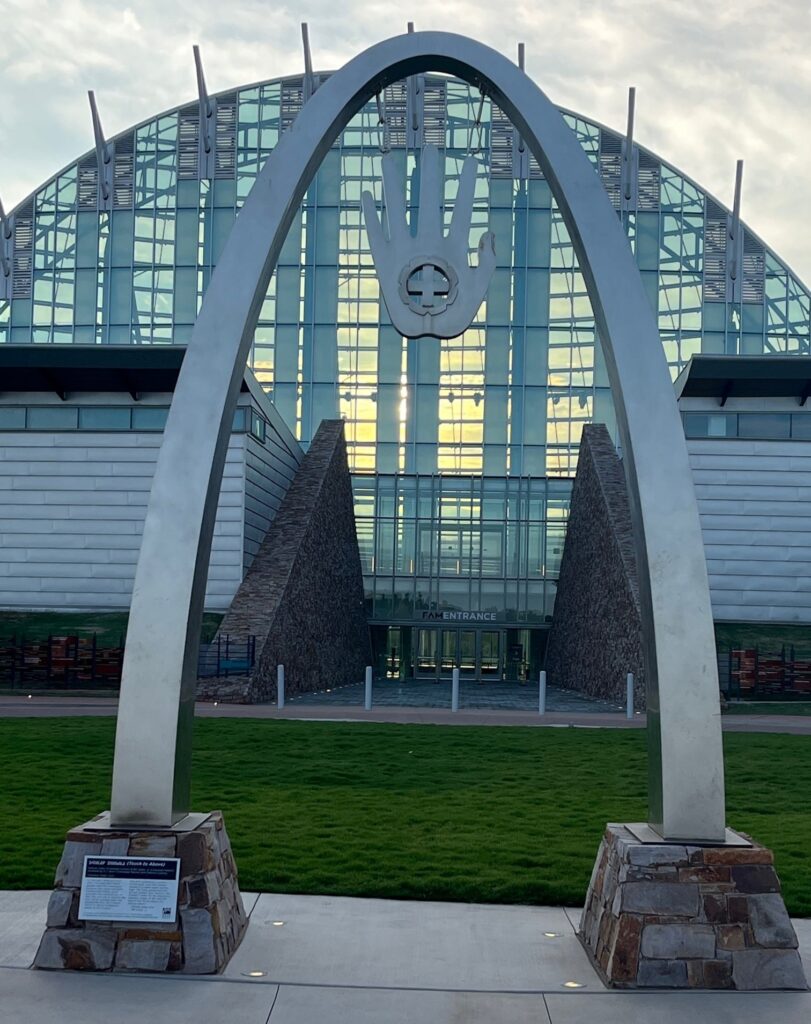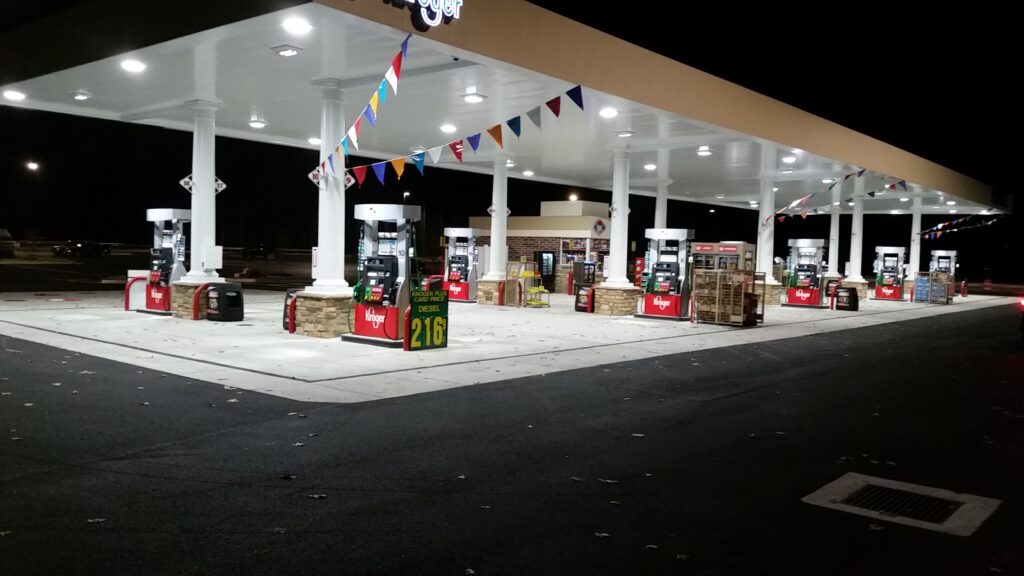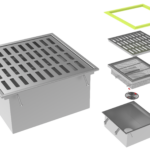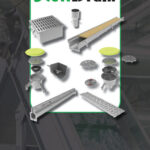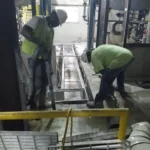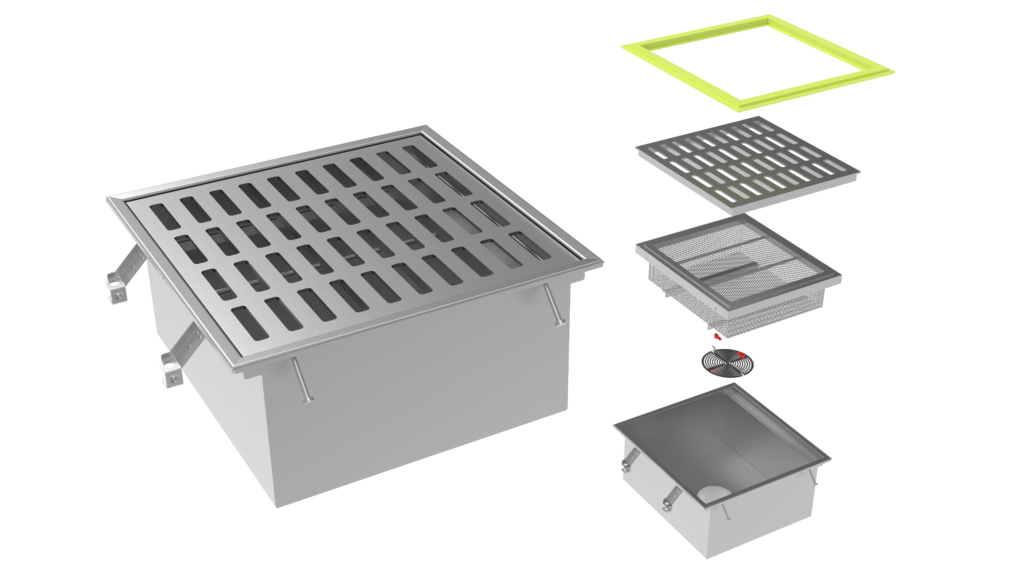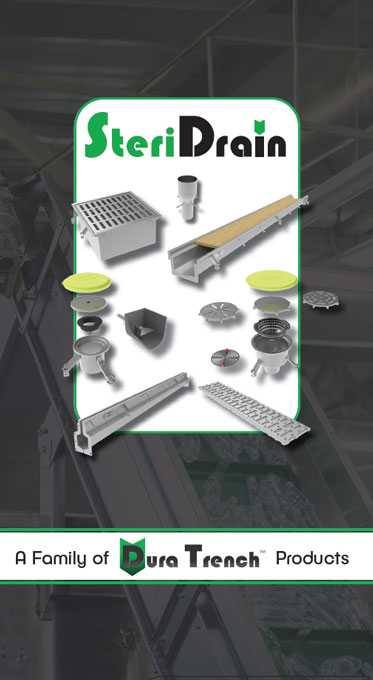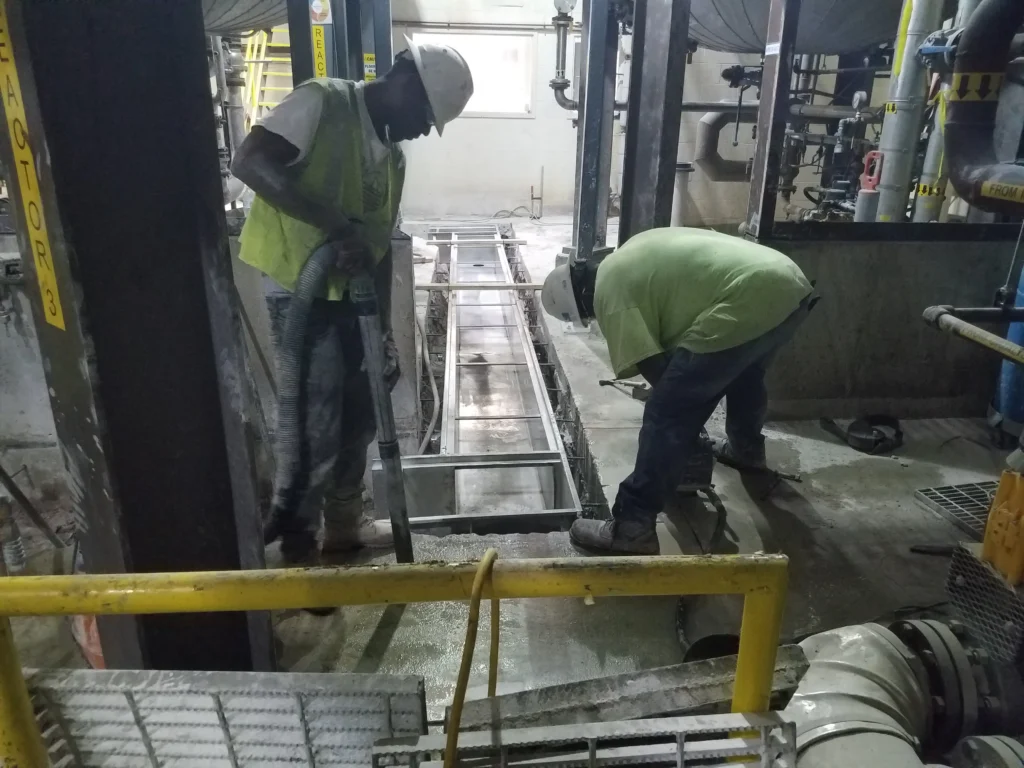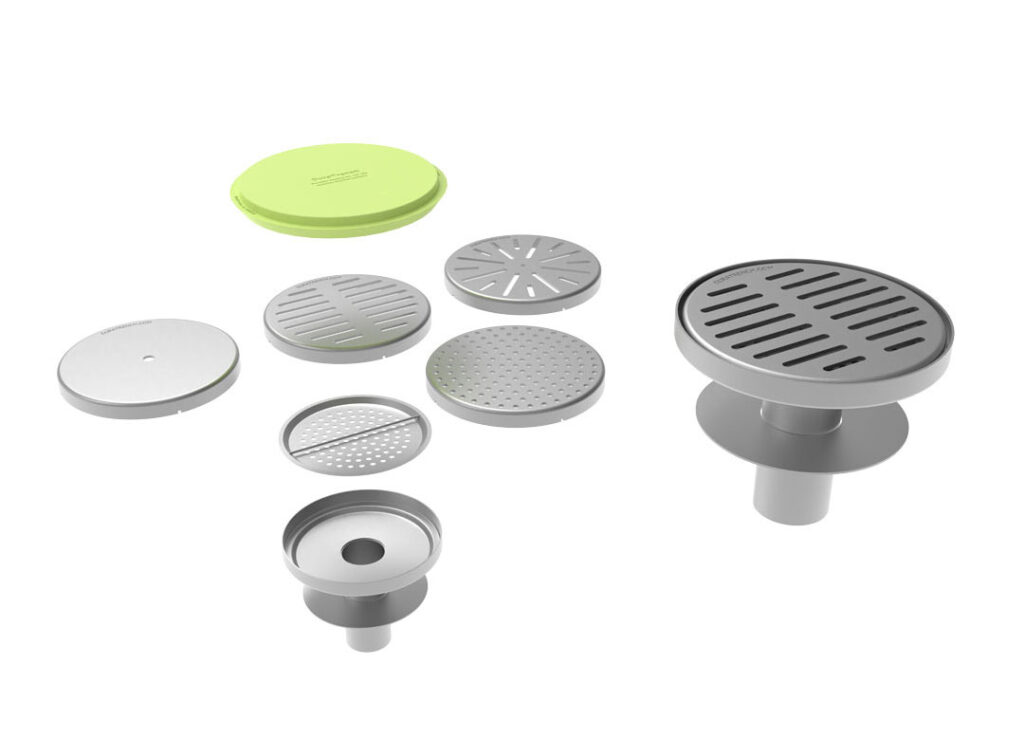If you are not sure if your driveway needs some repairs, you are not alone. Some wear and tear is normal for driveways that get used every day, but you might not be sure when things have progressed enough to need repairs. Knowing about the process of taking care of a driveway can help you to avoid major repairs after something has failed.
Your driveway needs care just like your yard and your home, and you need to be sure that you are familiar with the process of providing upkeep for it correctly. We will discuss the common driveway problems that you need to make sure that you take care of to avoid your driveway being out of commission until a full replacement has been done.
Driveway Problems That You Need to Fix
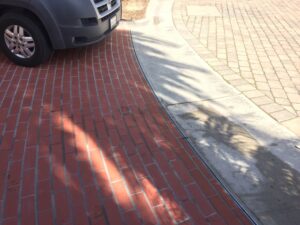
There are many reasons that driveways can fail. Sometimes faulty installation is to blame, but in other cases, simple wear and tear and daily use can lead to the need for repairs or replacement of segments of your driveway. If you live in a region that gets very hot weather or very old weather, it is more likely that you will need to tackle regular maintenance of your driveway every few years. Learn why driveway drainage is important here.
New homes can suffer from driveway issues just like older homes, so you should always be sure to take note if your driveway appears to be suffering from damage. The sooner that you apply repairs and fixes to the issues that you have noticed, the less likely it will be that you will need to completely replace portions of your driveway.
These are the most common driveway problems that require attention:
1. Visible Cracks
This is one of the most obvious signs that your driveway needs some repairs. A small number of cracks might not mean that you need to make repairs to your driveway yet. However, leaving cracks alone for too long can lead to major problems with your driveway that might undermine the stability of the driveway itself.
Visible cracks might be tiny, or they could be large when they appear. Larger cracks often indicate that the foundation of the driveway is damaged. Smaller cracks often indicate that wear and tear are starting to impact the top layers of the driveway. In other instances, tree roots or other invasive items might have forced their way under the driveway surface, lifting it and causing the layers of the driveway to separate or the foundation of the driveway to be undermined.
It is always a good idea not to plant large items like trees or invasive shrubs near a driveway area as it is very common for these kinds of plants to undermine driveway areas. If you have moved into a home that has this kind of plant right by the driveway, it might be a good idea to relocate the plant elsewhere to prevent damaging your driveway.
The reason that you need to tend to cracks in the driveway is that cracks can allow moisture to seep through the layers of the driveway to the foundation. When water gets all the way to the foundation of the driveway, it can cause the driveway to become so unstable that the entire driveway needs to be replaced.
2. Pooling Water
Standing water can indicate that the driveway was not laid properly when it was installed. You might also be experiencing this issue due to damage to the driveway that has led to sunken spots or areas where the materials of the driveway have begun to break down. Wear and tear to the driveway can also cause areas where water can easily pool over time.
If the slope of the driveway was incorrect from the start, you might notice pooling water before other signs of damage. If the slope of your driveway area is not correct, your whole driveway might need to be replaced, or it is possible that a section of the driveway might need to be replaced instead.
No matter what the reason is for pooling water, you will need to take action to resolve these issues to make sure that you do not need to replace the entire driveway if at all possible. Standing water can very quickly cause your driveway to deteriorate. Many people don’t realize just how bad standing water is for the health of their driveway until the driveway has become so damaged that it needs to be replaced.
In situations where pooling water is impacting the health of your driveway, you will usually also notice that it is killing plants or lawn that is located near the driveway as well. Resolving your standing water problem on the driveway will often also help to resolve the issues that you are experiencing with your landscaping as well.
3. Potholes
If the surface of your driveway has become pitted with potholes, this is a key sign that you will need to take care of repairs and maintenance to your driveway. The most common places for these kinds of imperfections in the driveway are areas where you commonly drive cars or places where you roll objects across the surface of the driveway.
Driveways with a significant slope are much more likely to suffer this kind of damage as you will need to both accelerate and brake hard to get into and out of the driveway with vehicles. Basic driveway materials like asphalt might not be sturdy enough in these kinds of applications to hold up to daily use without potholes forming.
Potholes are always a sign that your driveway is past due for repairs. You should never ignore potholes as they allow water to seep into the foundation of the driveway, which will always lead to the driveway failing. Potholes can also damage your car, which is another excellent reason to attend to them right away as soon as they appear. Neglecting potholes can lead to the need to replace your entire driveway.
4. Raised Segments
If your driveway is experiencing lifted segments that are sitting higher than the rest of the driveway surface, there could be a tree root or some other intrusive object that is forcing up the section of the driveway. In other cases, erosion or changes in the water table around your home could cause portions of your driveway to sink around one spot that has remained in its original position.
Raised segments of your driveway can sometimes be repaired without needing to replace the whole driveway. However, homeowners should be prepared to face a fairly significant repair job if they have noticed that a single segment of their driveway seems to have raised up above the others. In most cases, there are major repairs that will need to be done to the foundation of the driveway even if just one segment is showing signs that something is amiss.
5. Loose Edges
Potholes and cracks most commonly appear in the center of the driveway, but they can also show up at the edges of the driveway. The edges of the driveway can erode and suffer damage if the seal on the driveway materials has broken down. Eventually, the cracks and potholes can work their way across the driveway surface.
Water can also work its way down into the deeper layers of the driveway from the edges which have begun to fail. Any place where the layers of the driveway have become compromised can lead to the overall failure of your driveway over time.
Crumbling edges on a driveway can also indicate that the top layer of the driveway was not thick enough, which caused a structural failure. While it is not common that a skilled installation team would make a mistake of this nature, sometimes the people who are hired to place a driveway do make errors. Many homeowners are not aware of these mistakes until the driveway begins to show signs of failure. Often, homes have their driveways installed during the construction process, which is completed before an owner purchases the property, which can lead to unfortunate surprises of this nature.
How Much Will My Driveway Repair Cost?
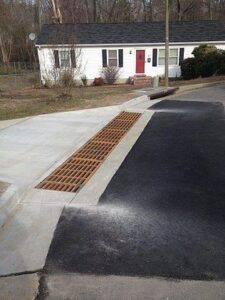
The cost to repair this kind of damage to a driveway can vary widely based on the degree of damage and the reason that you have noticed signs of wear and tear. If the problem is mild and the overall structure of the driveway is still intact, you might only need to expect to pay $1,000 or so. However, if you need to lay an entirely new driveway due to the degree of damage, this can cost many thousands of dollars.
In some cases, repairing the existing driveway and laying a fresh, correctly designed driveway might be about the same cost. Homeowners often opt to just lay a fresh, new driveway rather than trying to pay to repair the old, damaged one in these situations. While this can sound daunting, it is often a much easier choice than trying to repair a driveway that is damaged significantly.
Working with a skilled installation team can have a big impact on your ability to make good decisions when it comes to driveway maintenance. If you schedule regular inspections with an experienced team of experts, you will be much more likely to avoid these kinds of problems that can lead to a large repair bill. Paying attention to the condition of your driveway on a regular basis will also help you avoid running into major repairs due to accidental neglect of your driveway space.
What Are the Best Driveway Materials?
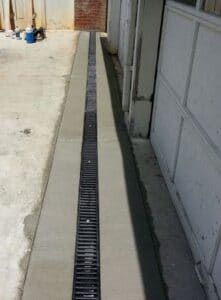
Concrete driveways are very common in places where the weather is hot on a regular basis. These driveways look very nice and will hold up for years. The downside of concrete is that it is spendy to install and it is quite prone to cracks and imperfections when exposed to freeze/thaw cycles.
Asphalt driveways are very cost-effective and are ideal for driveways that are long and that will require resurfacing or maintenance on a regular basis. Asphalt is less ideal in hot regions as it can become sticky and soft. You will also need to seal an asphalt driveway on a regular basis to prevent water from undermining the foundation of the driveway.
Paver driveways are not as commonly used, but they can be quite attractive when placed correctly. These driveways are a lot of work to lay, but they can be customized in any way that you choose, and they often last for years. The main detraction of this kind of driveway is that weeds can grow in the cracks of the pavers, and you might struggle to shovel this driveway if you live in a region that gets regular snowfall.
The length of the driveway, as well as the necessary slope, can greatly impact your choice of materials used to repair or replace your driveway. You will also need to make sure that the materials that are used can withstand the weather conditions where you live. A skilled driveway installation expert will be able to explain to you what the best options will be for your area of the country and your specific location.
Caring For Your Driveway is Essential
If your driveway is showing signs that it needs repairs, you will want to be sure to schedule an appointment with a skilled expert right away. Having someone come look at your driveway to verify what kind of repairs are needed is always a good idea if you notice any of the above signs of damage or wear and tear to your driveway area.
All driveways need maintenance and upkeep, but long driveways or those which are placed on a very steep incline will often need even more care than a simple, small, level driveway area. Being an informed homeowner can help you to avoid major driveway repairs. Use this guide to help you recognize and respond to signs that your driveway needs some attention before major repairs are necessary.

